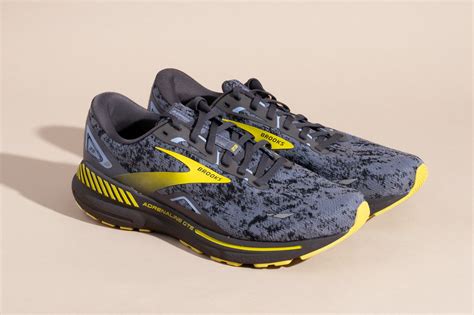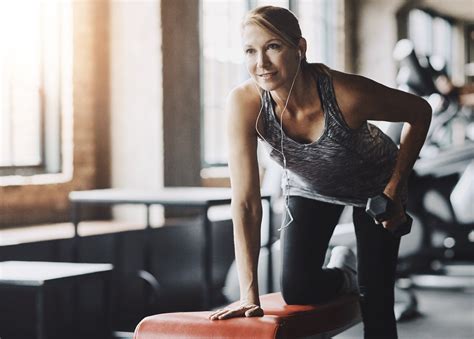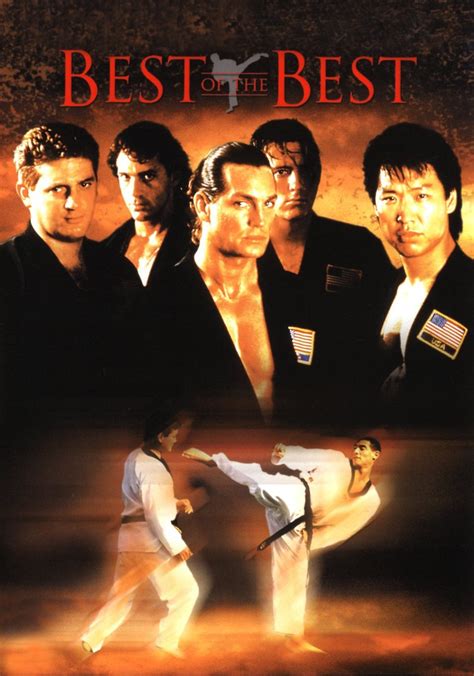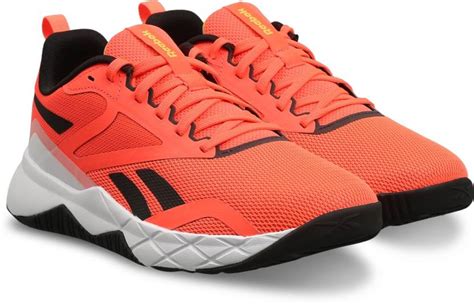The Elusive Ideal: Balancing Durability, Injury Prevention, and Cost
For male runners, the quest for the ultimate running shoe often boils down to a difficult balancing act. You want a shoe that can withstand hundreds of miles, protect your joints and tendons from the relentless impact, and ideally, not break the bank. Is it possible to find a running shoe that ticks all three boxes – durability, injury prevention, and cost-effectiveness – without significant compromise? The answer is a nuanced ‘yes,’ provided you understand what to prioritize and where to look.

Durability: Built to Last
A durable running shoe is a smart investment, extending the time between purchases. Key indicators of durability include:
- Outsole Rubber: Look for shoes with extensive carbon rubber coverage, especially in high-wear areas like the heel and forefoot. Carbon rubber offers excellent abrasion resistance.
- Midsole Foam: While cushioning foams like EVA or TPU will compress over time, some newer compounds (e.g., PEBA-based foams) offer better energy return and retain their properties longer. However, extreme softness can sometimes reduce overall shoe stability and lifespan.
- Upper Material: Engineered mesh and knit uppers are common, but the weave’s density and reinforcement play a role. Ripstop nylon or reinforced sections can add longevity against snags and tears.
Injury Prevention: Your Body’s Best Defense
This is arguably the most crucial factor. A shoe that helps prevent injuries keeps you running consistently and avoids costly medical bills. Consider:
- Cushioning: Sufficient cushioning absorbs impact, reducing stress on joints. However, too much cushioning can sometimes reduce ground feel and stability. The ‘right’ amount is personal.
- Stability/Support: Depending on your foot type (e.g., overpronation), you might need a stability shoe with features like medial posts or guide rails to prevent excessive inward rolling of the foot. Neutral runners typically don’t need these features.
- Fit: A proper fit is non-negotiable. Shoes that are too tight, too loose, or don’t accommodate your foot shape can lead to blisters, black toenails, and more serious biomechanical issues.
- Heel-to-Toe Drop: This affects where your foot strikes the ground. Different drops suit different running styles and can influence injury patterns.
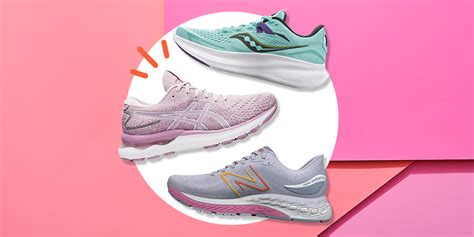
Cost-Effectiveness: Value Over Low Price
A cost-effective shoe isn’t necessarily the cheapest one. It’s the one that provides the best value over its lifespan. A $150 shoe that lasts 500 miles and keeps you injury-free is far more cost-effective than a $80 shoe that breaks down at 200 miles and leads to a doctor’s visit.
- Sale Cycles: Savvy shopping during sales or when new models are released can save you significantly on last year’s excellent models.
- Daily Trainers: Often, the ‘workhorse’ daily trainer models from major brands offer the best balance of durability, protection, and a reasonable price point, compared to highly specialized race shoes.
- Mid-Tier Brands: Don’t overlook solid mid-tier brands that might offer similar technology at a slightly lower price point than the industry giants.
Key Factors in Your Selection
Before you even look at specific models, understand your personal running profile:
- Foot Type and Gait: Are you a neutral runner, an overpronator, or do you supinate? Get your gait analyzed at a specialty running store.
- Running Terrain: Do you mostly run on roads, trails, or a mix? Road shoes won’t cut it on technical trails, and vice-versa.
- Mileage and Intensity: High-mileage runners need more durable and protective shoes than someone running a few miles a week.
- Personal Preference: Comfort is subjective. What feels good to one runner might not to another. Trust your feet.
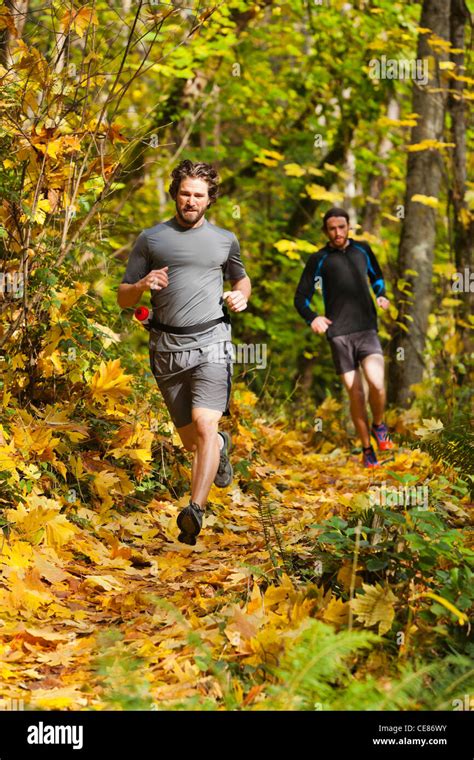
Top Contenders & What to Look For
While specific model recommendations can quickly become outdated, focus on categories and features that consistently deliver on the ‘Holy Trinity’:
- The Reliable Daily Trainer: Brands like Brooks (Ghost, Adrenaline GTS), Saucony (Ride, Guide), New Balance (880, 860), Hoka (Clifton, Arahi), and ASICS (Cumulus, Kayano) consistently produce daily trainers known for their balance. These are often the sweet spot for combining cushioning, support, and durability at a moderate price.
- Midsole Innovations: Modern foams are lighter and more responsive. Seek out shoes utilizing advanced EVA blends or TPU foams for a balance of comfort and longevity. PEBA foams are excellent but often push the price higher.
- Outsole Patterns: Look for shoes with robust rubber coverage, especially from companies known for their outsole durability (e.g., ASICS AHAR+, Brooks Green Rubber, Saucony XT-900).
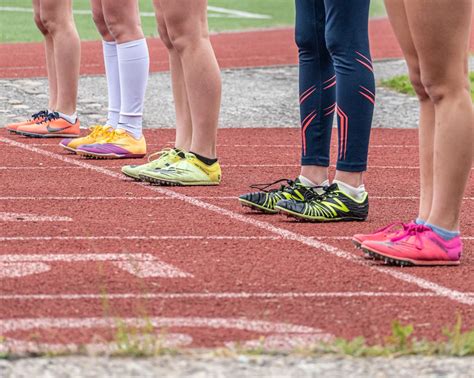
Maximizing Your Shoe’s Lifespan and Value
Even the best shoes benefit from good care:
- Shoe Rotation: Having 2-3 pairs of shoes that you rotate can extend the life of each pair, allowing midsole foam to decompress and recover.
- Proper Cleaning: Gently clean your shoes, avoid machine washing, and allow them to air dry naturally away from direct heat.
- Know When to Retire Them: Most running shoes last between 300-500 miles. Pay attention to signs of wear: diminished cushioning, a feeling of instability, new aches and pains, or visible outsole wear-through.
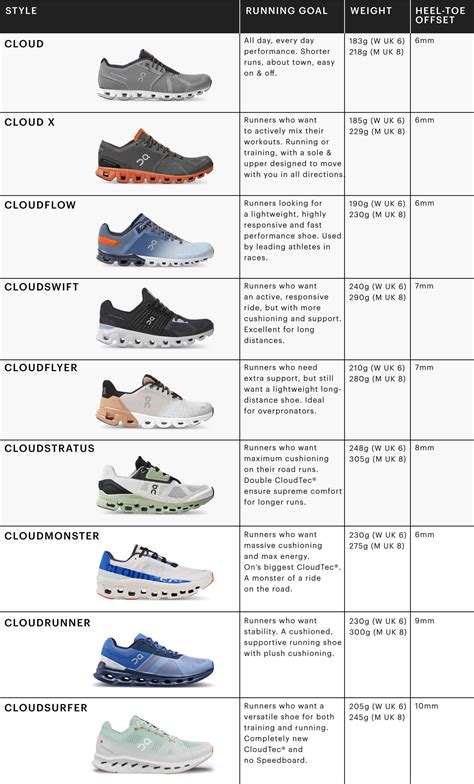
Conclusion
The quest for the best running shoes for men – durable, injury-preventing, and cost-effective – is not about finding a single mythical shoe, but rather about making informed choices based on your individual needs and running habits. By prioritizing proper fit, understanding the role of different materials, and recognizing value over mere price, you can equip yourself with footwear that supports your running journey for miles to come, without breaking the bank or your body.
